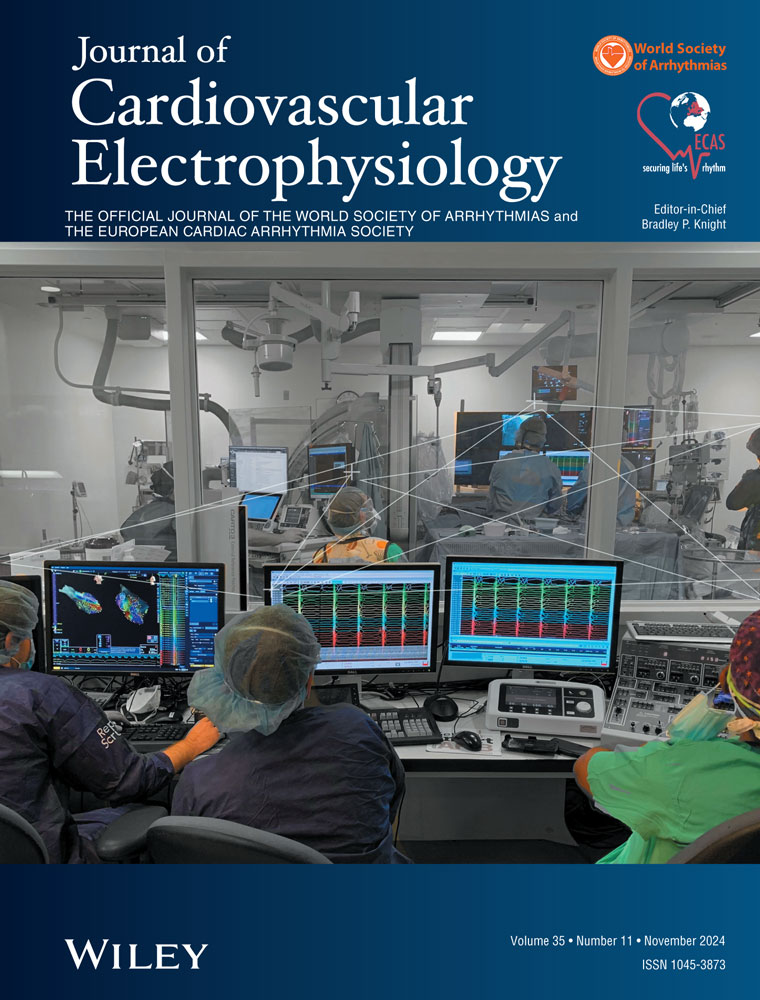Thirty-day mortality risk in patients following radiofrequency and cryoballoon ablation for atrial fibrillation across the entire nation of Poland: An 8-year analysis from the National Health Fund of Poland
Disclosures: None.
Abstract
Introduction
Atrial fibrillation (AF) is the most common sustained arrhythmia, and catheter ablation (CA) is a primary therapeutic option. However, the 30-day all-cause mortality risk associated with CA for AF may be underestimated due to selection bias. Our study aimed to assess 30-day mortality in an unselected cohort of patients.
Methods
Data from the National Health Fund-Poland covered over 99% of nationwide radiofrequency ablation (RF) or cryoballoon ablation for AF, with 100% recorded deaths. The study included consecutive CA procedures in adult patients between 2012 and 2019. Thirty-day mortality rates were calculated for each age group.
Results
A total of 31 214 CAs for AF were performed on 26 767 patients (34.8% female). Forty-four percent of patients had hypertension, 31.2% had coronary artery disease, 14.4% had heart failure, 11% had diabetes mellitus, 5.6% had malignant neoplasms, 2.7% had a previous myocardial infarction, 2.5% had a previous stroke, and 2.2% had kidney disease. Thirty-two deaths (0.1%) occurred within 30 days, with the highest mortality in the oldest age group (>80 years). Statistical analysis revealed higher incidences of kidney disease (p < 0.001) and heart failure (p = 0.001) in patients who died within 30 days. Mortality risk did not significantly differ between cryoballoon and RF ablation, as well as first and subsequent ablation for AF. The risk of death within 7 days postablation for AF was 1 in 2750 procedures, while the risk of death on the same day postablation was 1 in 6250 procedures.
Conclusions
The 30-day mortality rate in a large, unselected AF ablation cohort, covering 99% of procedures in the country, is low except for the oldest patients. This factor should be taken into consideration when offering CA for AF.
Open Research
DATA AVAILABILITY STATEMENT
The data that support the findings of this study are available on request from the corresponding author (M. O.).




